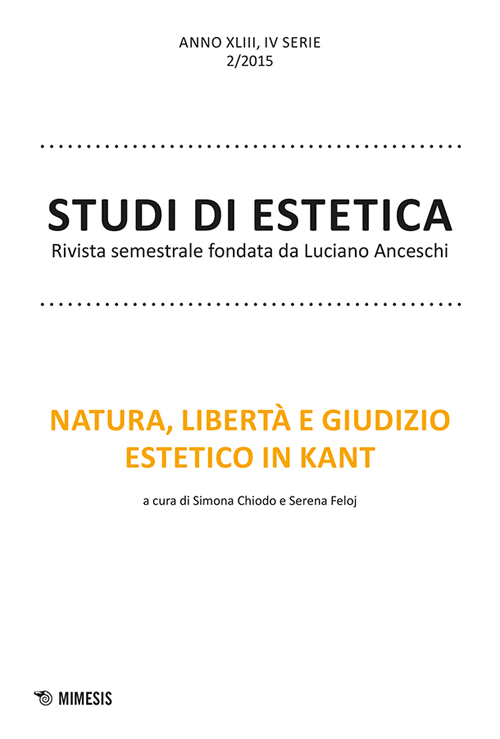Abstract
The aim of this article is to compare the two definitions of regulative idea, in the first and third Critique, and show the actual continuity in the two discussions. It shall also be argued that, while assessing the limits of the mathematical explanations of the world, a significant evolution within the above sketched continuity is achieved, shifting Kant’s arguments from the idea of “world” to the idea of “organism”. This shifting corresponds with the transition from the logic necessity of understanding the empirical multiplicity to the anthropological necessity to sort out some order in nature. Such transition has far from negligible consequences and, what is more, does not prevent the reflecting judgement and the teleological interpretation of the organism from being applied to natural sciences as cooperating elements to the constitutive activity of the logic judgement. In short, in order to explain nature the first requirement is to be able to think it. In this regard, the regulative use of the idea is made legitimate within the formulation of the judgement, be it logic or reflecting, through some sort of common schematism of the hypothetical use of reason.

